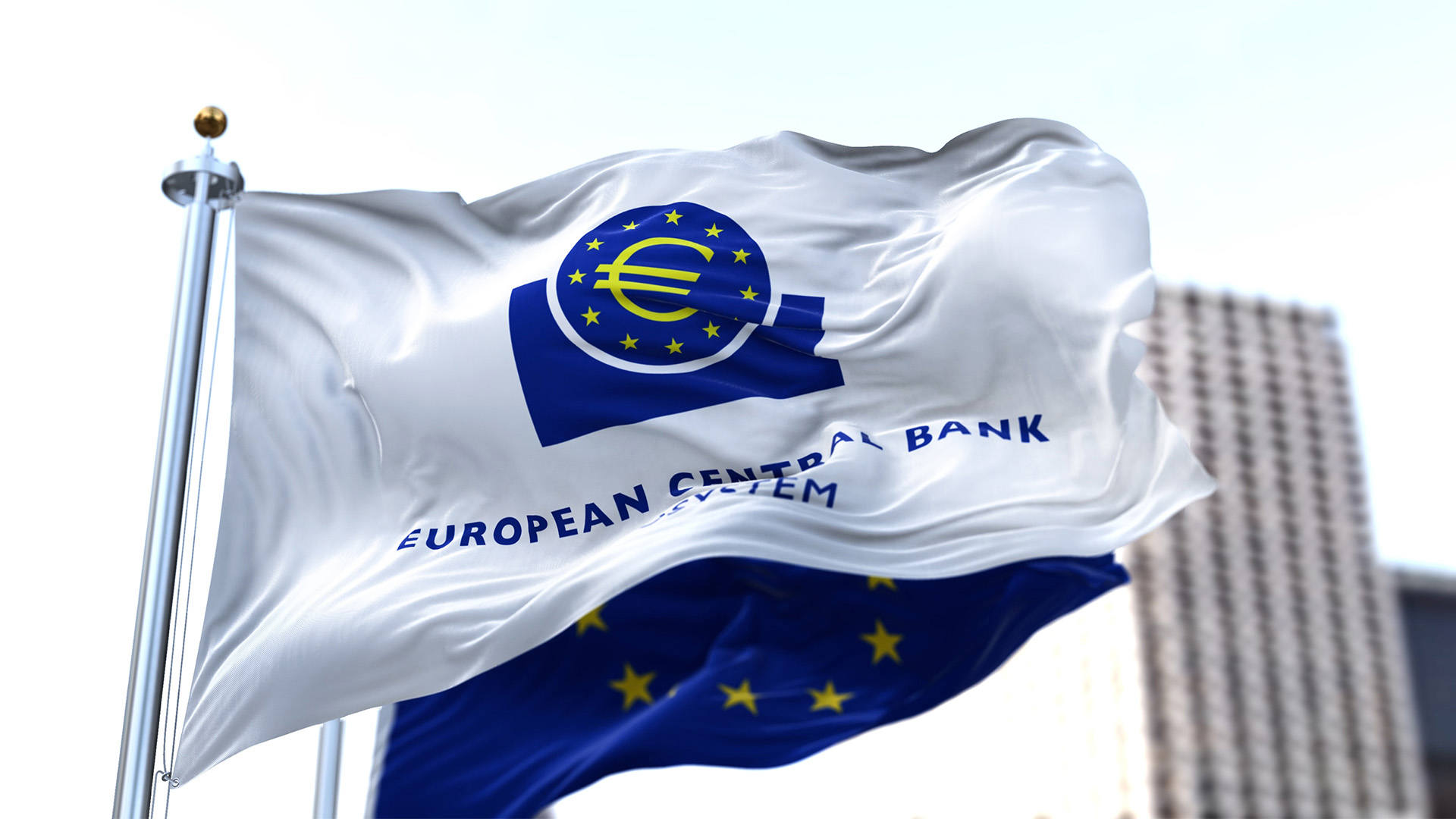The European Central Bank (ECB) has joined the US Federal Reserve in preparing for a rate cut in 2024, as euro area inflation slumped to just 2.4% in November, barely above the 2% target. This result was significantly better than the market's forecast of a fall to 2.7%.
The Fed has witnessed American consumer prices drop from over 9% in June 2022 to 3.1% in November, with core costs remaining unchanged at 4.0% since October. The Fed's preferred inflation measure, Personal Consumption Expenditure inflation (PCE inflation), fell to 3.5% in October, the lowest rise since early 2021.
This news highlights the success of the world's two leading central banks in controlling and reducing inflation, unlike the Reserve Bank in Australia, which is still struggling to bring cost pressures under 5%.
According to official statistics from Eurostat, annual inflation in the euro area fell to 2.4% in November, down from 2.9% in October, bringing it closer to the ECB's 2% target than it has been in over two years. This marks a significant reduction from November 2022 when the inflation rate was at 10.1%.
Services were the biggest contributor to euro area inflation last month (1.7 percentage points), followed by food, alcohol, and tobacco (+1.4), non-energy industrial goods (+0.8), and energy (-1.4).
Across the entire European Union, inflation also fell sharply compared to a year ago, dropping to 3.1% last month from 3.6% in October and down from 11.1% a year ago. Eurostat reported that inflation fell in 21 EU member states, remained stable in three, and rose in three. The highest rates were recorded in the Czech Republic (8.0%), Hungary (7.7%), Slovakia, and Romania (both 6.9%), while the lowest annual rates were registered in Belgium (-0.8%), Denmark (0.3%), and Italy (0.6%).
Core inflation also declined significantly, by 60 basis points (0.6%) to 3.6%, remaining above the target of 2%, but economists noted that the trend remains positive, as ECB forecasts had estimated the core rate would be 4.1% in the final quarter of 2023.
Regarding rate cuts, they could be on the horizon if the current trend continues. However, potential delays could occur if energy prices surge due to the Red Sea shipping problems. Central banks, including the RBA, have left room for adjustments, warning that rates could rise if inflation shows signs of breaking higher.
The latest example comes from the minutes of the RBA's December board meeting, which emphasized their commitment to returning inflation to target: "Members agreed that whether further tightening of monetary policy is required to ensure that inflation returns to target in a reasonable timeframe will depend on how the incoming data alter the economic outlook and the evolving assessment of risks."
Both the Fed and ECB would not disagree with these statements and will closely monitor global economic developments, domestic demand trends, and the outlook for inflation and the labor market in their decision-making processes.














